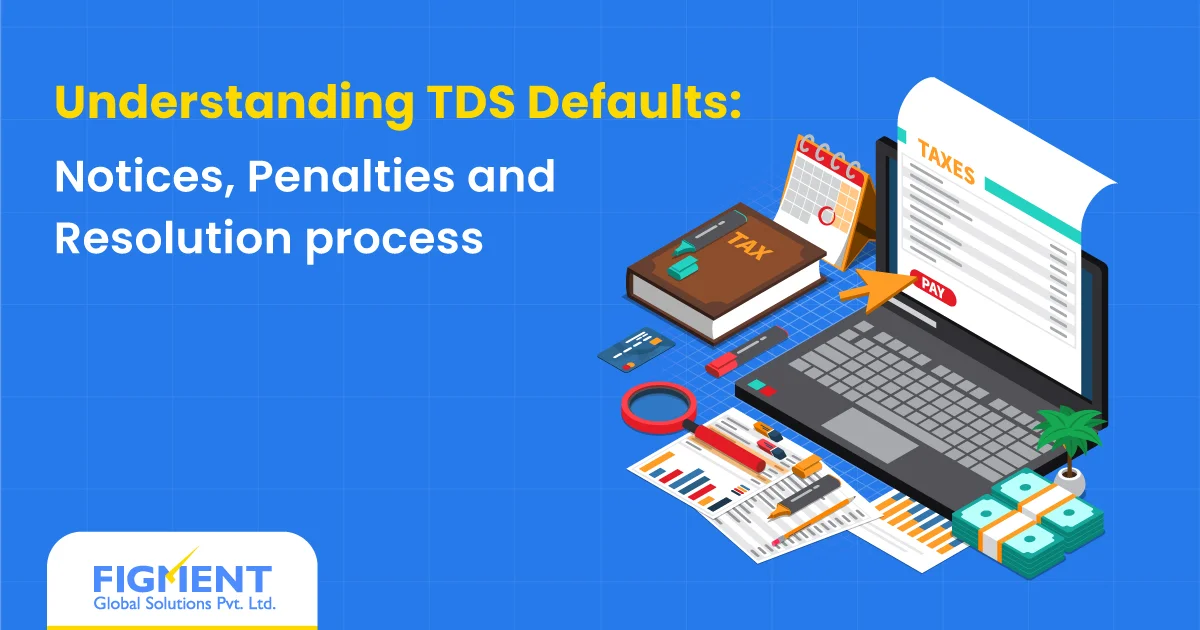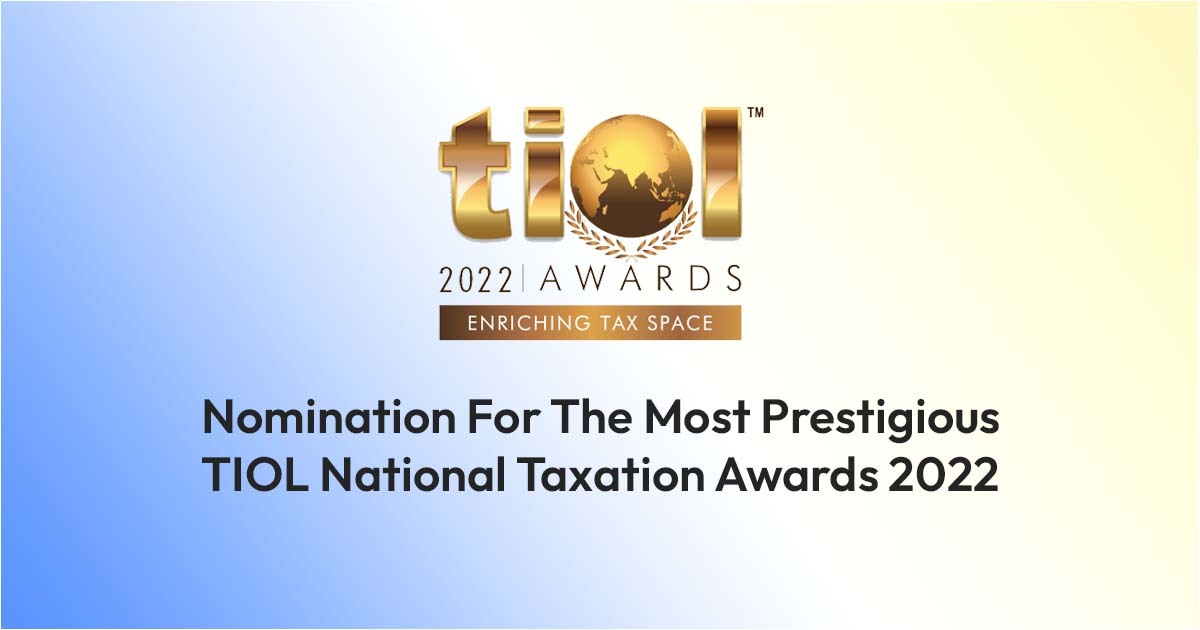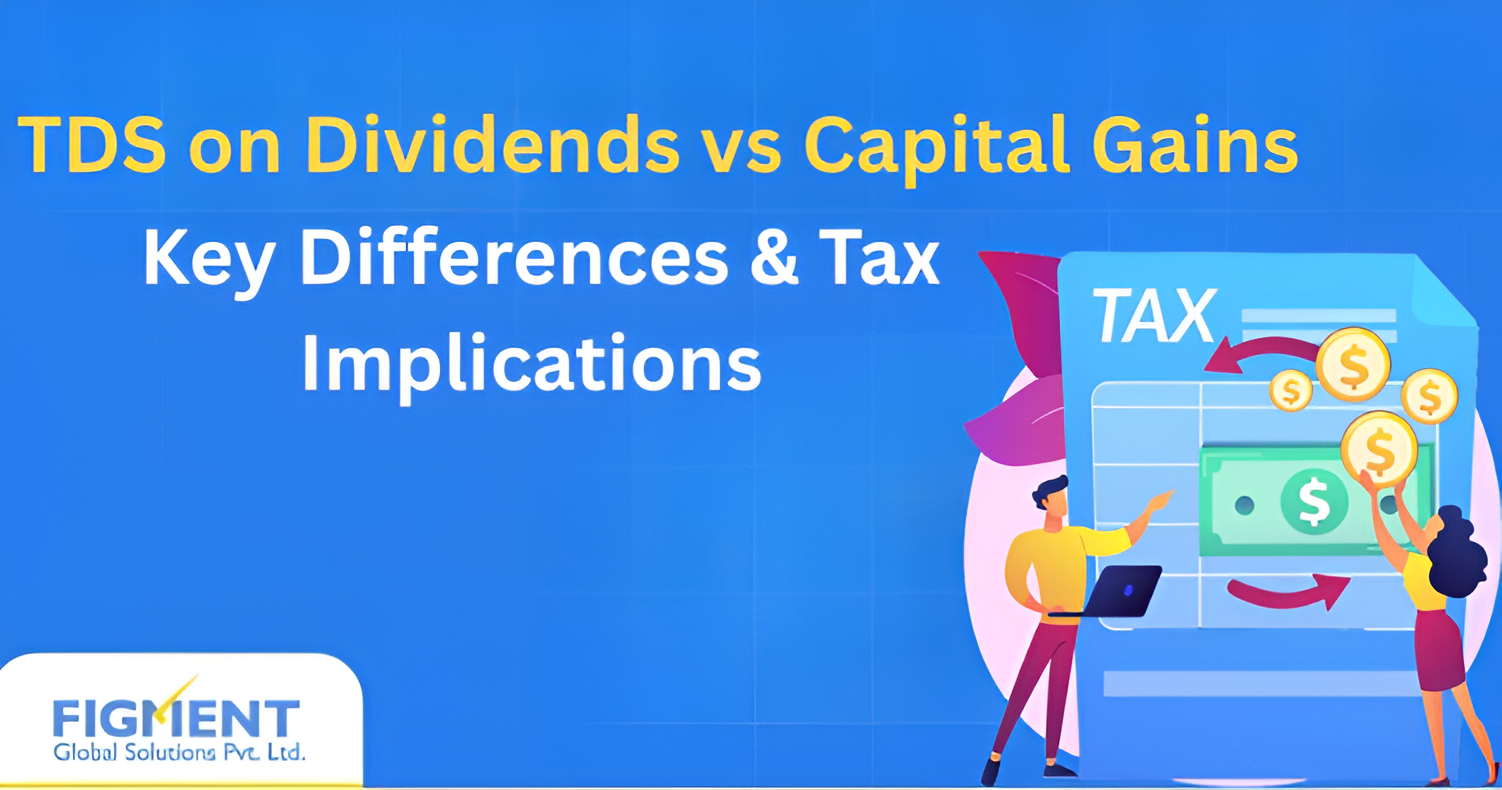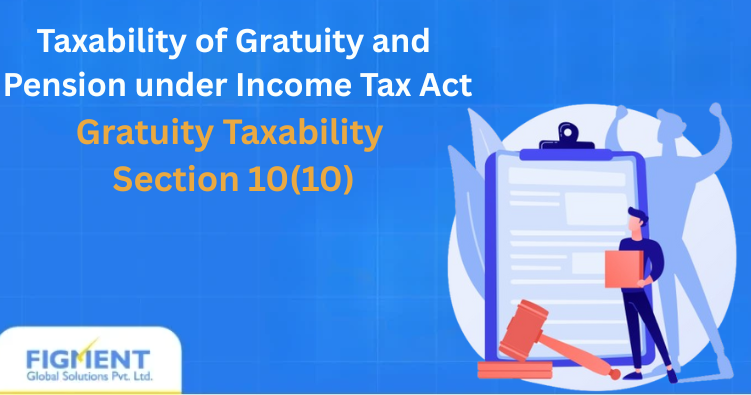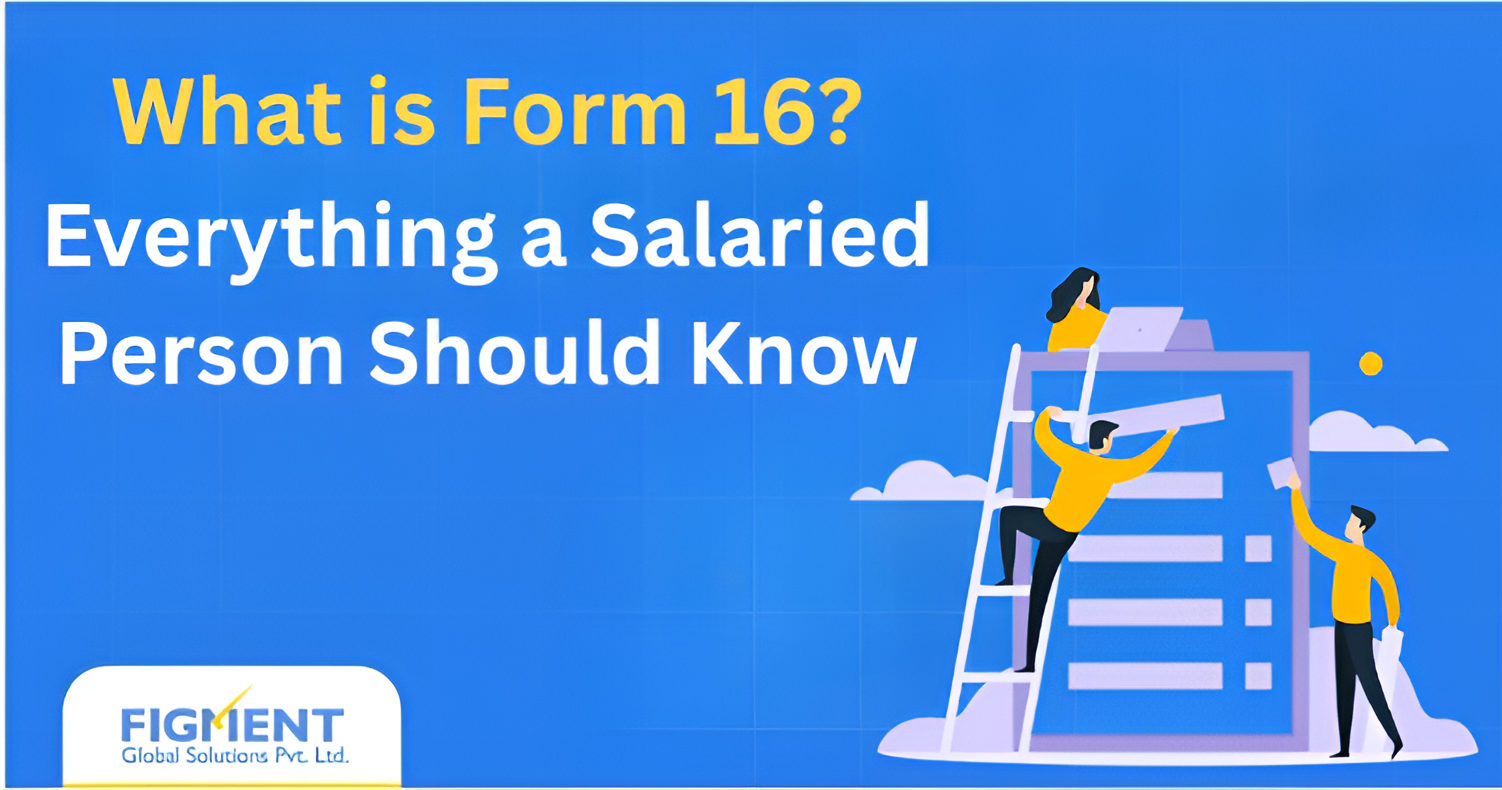The Centralized Processing Cell (TDS), or CPC (TDS), is a major technology-driven initiative by the Income Tax Department aimed at streamlining and strengthening the administration of Tax Deducted at Source (TDS). At the heart of this initiative lies the TRACES portal—TDS Reconciliation Analysis and Correction Enabling System—which serves as the central platform for reconciliation, correction, and compliance management related to TDS.
CPC (TDS) processes bulk TDS statements to generate key documents such as Form 26AS (Annual Tax Credit Statement) and TDS certificates in Form 16/16A. It also identifies TDS-related defaults such as short payments, short deductions, and interest liabilities. The system ensures end-to-end reconciliation by integrating data from multiple stakeholders, including banks (challan validation), deductors (TDS reporting), assessing officers (non-deduction or lower deduction cases), and tax professionals (international transaction disclosures).
For deductors, the filing of TDS returns is not a standalone task—it involves a series of pre- and post-filing activities such as verifying challans, checking statement statuses, downloading certificates, and identifying and responding to defaults. TRACES offers a comprehensive web-based interface for all entities involved in TDS compliance—deductors, collectors, and payees alike.
In recent years, an increasing number of TDS default notices have become a concern for both deductors and professionals. A deeper understanding of the common reasons behind these defaults can help mitigate errors and ensure better compliance. The sections below explore the key causes of such defaults and how they can be addressed effectively.
A Sample TDS Default Notice
| Sr. No. | Type of Default | Default Amount (Rs.) | Amount Reported As ‘Interest / Others’ Claimed in the Statement(Rs.) | Payable (Rs.) |
| 1 | Short Payment | 0 | 0 | 0 |
| 2 | Short Deduction | 86942.81 | 0 | 86942.81 |
| 3 | Interest on Payments Default u/s 201(1A) | |||
| 3(a) | Interest on Short Payment | 0 | 0 | 0 |
| 3(b) | Interest on Late Payment | 0 | 0 | 0 |
| 3(c) | Additional Late Payment interest against the processing of latest correction | 0 | 0 | 0 |
| 4 | Interest on Deduction Default u/s 201(1A) | |||
| 4(a) | Interest on Short Deduction | 11830 | 0 | 11830 |
| 4(b) | Interest on Late Deduction | 0 | 0 | 0 |
| 4(c) | Additional Late Deduction interest against the processing of latest correction | 0 | 0 | 0 |
| 5 | Late Filing Fee u/s 234E | |||
| 5(a) | Late Filing Levy | 0 | 0 | 0 |
| 5(b) | Additional Late Filling levy against the processing of latest correction | 0 | 0 | 0 |
| 6 | Interest u/s 220(2) | 0 | 0 | 0 |
| Total Payable (Rs.) | 98772.81 | |||
TDS defaults can be categorized into several distinct types, each attracting specific consequences:
1.Short Payment: The default for short payment/ short deposit arises in the following case(s):
- When the amount of TDS deposited is less than the amount of TDS deducted (Short Payment due to difference in deducted/collected and deposited), One should ensure that TDS Deduction Amount should be equals TDS Deposited,
- when the tax in respect of deductees of higher amount is mapped against a Challan of lesser amount (Overbooked Challans), One should ensure that Challan-Deductee Allocation is done correctly and if Deductee TDS Total is Greater than Challa Amount then either Pay the Additional Challan or if already paid then Allocate Additional Deductee in New Challan,
- when there is an error in entering Challan details or due to some reasons, the Challan does not match with details in OLTAS or G-OLTAS (Unmatched Challans), One should ensure to Match the Challan Details with Payment History on Income Tax or in case of Old Challans the Match the Details with OLTAS.
2.Short Deduction: The short deduction default occurs when the Rate of Tax as per Statement Filled or actually Deducted by the deductor is less than the rate mentioned in the Income-tax Act, 1961. This may occur due to the following reasons:
- PAN Error: This can be categorized as follows: –
- Invalid PAN: – This occurs when an incorrect PAN is quoted during TDS returns. If the PAN is wrong or doesn’t exist, the tax should be deducted at 20%. One should ensure to Verify the PAN in Masters.
A payee or recipient who does not furnish PAN to the payer will have to pay a higher TDS (applicable tax rate as per section 206AA). In simple words, if the person receiving the amount (payee) fails to provide his/her PAN to the payer, then the payer will deduct TDS at a higher rate before making the payment.
Mentioned below are the higher rates of TDS –
- The TDS rate specified in the provisions of the Income Tax Act.
- At 20%
Higher of the above will be applicable
- Inoperative PAN: – A PAN becomes inoperative if it isn’t linked with Aadhaar or doesn’t comply with regulations. It’s treated as if no PAN was provided, and tax must be deducted at 20%.
- This can be resolved in either of the two ways: –
o PAN Verification through TRACES: – TRACES has given option of PAN Verification under Statement/Payments Menu Option.
o PAN Verification through Reporting Insights: – For Bulk PAN Verification Reporting Insight has given option to Upload CSV with PAN where you get the Valid/Invalid and Operative/In-operative Status in Bulk
- Lower Deduction: Say, in the case of Section 194C, for an individual/HUF, TDS to be deducted is 1% and for assesses other than an individual, the rate is 2%. However, if 1% is deducted for a company deductees, then the same will be generated as a short deduction default. One should ensure to Deduct TDS/TCS at Correct Rate and can used Section Code Wise Rates Table from TRACES Website.
- Wrong Section Code Selection: Say, in the case of Section 194JA, TDS to be deducted is 2%. However, Return Preparer Select 194J or 194JB, then the same will be generated as a short deduction default. One should ensure to Select Correct Section/Sub-Sections Codes and can used Section Code Wise Rates Table from TRACES Website.
- Invalid Certificate under Section 197: For tax to be deducted at a lower rate, the deductee has to possess a Certificate under Section 197 and the Certificate Number needs to be quoted in the quarterly statement. Due to the incorrect certificate number provided by the deductee to the deductor, the statement often ends up carrying the same incorrect number. As a result, the deductor is served with a short deduction notice. One should ensure to Download All Certificates under 197 from Downloads Section on TRACES. After downloading Certificates, they can Validate the same under Statement/Payments Menu Tab where there is an option of Validate Lower Deduction Certificate under section 195/195(3)/195(2) to get Details of Certificate Amount up to which LDC is allowed, LDC Valid from and to Date to, LDC Rate and Amount Consumed out of Total Certificate Limit.
Deductees/Collectees having PAN status as ‘Inoperative’ attract higher TDS/TCS rates applicable as per provisions of Section 206AA/ 206CC of Income Tax Act. Please refer CBDT Notification no 15/2023 and Circular no 3/2023 dated 28th March 2023
- Improper Non-Deduction/ Lower Deduction Flag Selection: Government has given Non-Deduction/Lower Deduction Flags in RPU (Return Preparation Utility) to be used while filling TDS Return and if these Flags are used Improperly then deductor is served with a short deduction notice. One should ensure to choose the correct Flag. Flags Tables are Described in Endnote.
- Improper Selection of Nature of Remittance/Country of Remittance: Government has given List for Selection of Nature of Remittance and Country of Remittance for applicable cases and if Nature and Country of Remittance is selected improperly then also Short Deduction Come. One should ensure to choose the correct Nature/Country of remittance before Filling TDS Return Statement. Nature of Remittance is Described in Endnote and for Country of Remittance you can refer File Data Structure from Protean Website.
3. Interest On Short Payment:
Interest on short payment is calculated under Section 201(1A) @ 1.5% for every month or the part of a month for the amount of short-payment from the date on which such tax was deducted till the “Order Pass Date” mentioned in the default notice.
4. Interest On Late Payment:
This is a very common default which arises due to late deposit of tax deducted, i.e. depositing tax after the due date of deposit of tax. Interest in failure to deduct tax at source/delay in payment of TDS is applicable in such cases. As per Section 201, if any person who is liable to deduct tax at source does not deduct it, or after so deducting fails to pay the whole or any part of the tax to the credit of the Government, then, such person shall be liable to pay simple interest as given below:
- Interest shall be levied at 1% for every month or part of a month on the amount of such tax from the date on which such tax was deductible to the date on which such tax was deducted. Say, tax was supposed to be deducted on 23rd March but is deducted on 4th April; interest will be levied for 2 months @1%,
- Interest shall be levied at 1.5% for every month or part of a month on the amount of such tax from the date on which such tax was deducted to the date on which such tax was actually remitted to the credit of the Government. In other words, interest will be levied at 1% for every month or part of a month for delay in deduction and at 1.5% for every month or part of a month for delay in remittance after deduction. Say, tax was deducted on
13th February; hence, it should have been paid by 7th March. But, if it is paid on 3rd of April, interest will be levied for 3 months @1.5%.
5. Additional Interest against Processing of Latest Correction Statement:
In instances of filing correction statements with addition of Challans where tax has not been paid within due date and also interest has not been paid or paid less, this default is likely to arise. Say, we are filing a correction statement on 20th June 2015 for Form 26Q4 for the financial year 2014-15, for adding a new deductee row to whom payment of professional fees is made on 31st January 2015 for Rs. 25,000/-. The TDS to be deposited in this case comes to R2,500/which should have been deposited at the latest by 7th February 2015, but it gets missed due to some circumstances. Now, if TDS is being deposited in the month of June, interest @1.5% for 6 months (January-June) should be deposited and the same should be quoted in the correction statement. If the interest amount is not mentioned in the statement, this default is likely to crop up and the deductor may happily wait for another default notice from TRACES.
6. Interest on Short Deduction:
Interest on short deduction is calculated under Section 201(1A) @ 1% for every month or the part of a month for the amount of short deduction from the date of payment/credit till the “Order Pass Date” mentioned in the default notice.
7. Interest on Late Deduction:
This Interest comes when there is difference between Date of Transaction and Date of Deduction. The monthly interest rate for late TDS deductions is 1%. This interest rate will be charged from the time the tax becomes deductible until the date of deduction. The Income Tax Act’s Section 201A specifies the default of TDS interest for a late deduction.
8. Late Filing Levy:
Levy for late filing of TDS Statement. Here, Section 234E of the Income Tax Act, 1961 comes in
- Without prejudice to the provisions of the Act, where a person fails to deliver or cause to be delivered a statement within the time prescribed in sub-Section (3) of Section 200 or the proviso to sub-Section (3) of Section 206C, he shall be liable to pay, by way of fee, a sum of two hundred rupees for every day during which the failure continues.
- The amount of fee referred to in sub-Section (1) shall not exceed the amount of tax deductible or collectible, as the case may be.
- The amount of fee referred to in sub-Section (1) shall be paid before delivering or causing a statement to be delivered in accordance with sub-Section (3) of Section 200 or the proviso to sub-Section (3) of Section 206C.
- The provisions of this Section shall apply to a statement referred to in sub-Section (3) of Section 200 or the proviso to sub-Section (3) of Section 206C which is to be delivered or caused to be delivered for tax deducted at source or tax collected at source, as the case may be, on or after the 1st day of July 2012.
9. Interest Portion Not Allocated:
Regarding Point 3 to 8, Often it is seen that even after separately and duly paying the interest amount in the TDS Challan, still the system does not take into consideration the amount of interest paid and raises a default for interest not paid. This happens when the interest portion is not shown in the interest to be allocated/apportioned column of the Challan sheet of the TDS statement.
Say, if the deductor has deposited a Challan 281 with Rs. 2,000 under the income-tax head and Rs. 60 under interest head, he also has to enter this Rs. 60 in the interest allocated column. Another notable point is that even if the interest is not separately paid in Challan in the interest-head, still we can allocate the interest amount while filing the TDS return. To illustrate, say in the above example, the TDS Challan had not shown the interest amount separately, i.e. the entire Rs. 2,060/- was shown as tax, still if while filing the statement, if tax and interest amounts are shown separately as above and also the interest is allocated properly, interest will be considered.
10. Additional Late Filing Levy against Processing of Latest Correction Statement:
Late filing levy under Section 234E of Rs. 200 per day is for a delay in filing the quarterly TDS statement. It is limited to the amount of tax deposited as per the statement. Therefore, if Form 26Q4 for financial year 2014-15, containing only deductees with NIL tax deducted amount, say, the earlier provision of transporters
where TDS need not be deducted on furnishing of PAN, is filed on 18th May 2015 (due being 15th May 2015), no late filing fee will be levied. But later, if the same return is revised and a correction statement is filed for the same quarter inserting entries for interest on unsecured loan and TDS deducted thereon, late filing fee of Rs. 200*3=Rs. 600 (delay of three days) will be levied upon the deductor.
11. Interest Under Section 220:
As per Section 220(1), when a demand notice under Section 156 has been issued to the taxpayer for payment of tax (other than the notice for payment of advance tax), then such amount shall be paid within a period of 30 days of the service of the notice at the place and to the person mentioned in the notice. In certain cases, the above period of 30 days can be reduced by the tax authorities with the approval of designated authorities. Section 220(2) deals with payment of interest in case of failure to pay tax within the time specified in the demand notice. As per Section 220(2), if the taxpayer fails to pay the amount specified in any notice of demand issued under Section 156 (as discussed) within the period as allowed in this regard, then, he shall be liable to pay simple interest at 1% for every month or part of a month. Interest shall be levied for the period commencing from the day immediately following the end of the period mentioned in the notice and ending with the day on which the amount is paid.
Waiver of Interest under Section 220(2A) By Commissioner: The Principal Chief Commissioner or Chief Commissioner or Principal Commissioner or Commissioner may reduce or waive the amount of interest paid or payable by the taxpayer under Section 220(2), if he is satisfied with that: –
- Payment of such interest has caused or would cause genuine hardship to the taxpayer.
- Default in the payment of the amount on which interest has been paid or was payable was due to circumstances beyond the control of the taxpayer. The taxpayer has co-operated in any inquiry relating to the assessment or any proceeding for the recovery of any amount due from him.
Penalties for TDS Defaults
The Income Tax Act prescribes various penalties for TDS defaults:
- Penalty under Section 221: Where a deductor is deemed to be an assessee in default under Section 201, a penalty may be imposed not exceeding the amount of tax in arrears.
- Penalty under Section 271C: Equal to the amount of tax that the deductor failed to deduct or pay.
- Penalty under Section 271H: For failure to file TDS statement within prescribed time, ranging from ₹10,000 to ₹1,00,000.
- Penalty under Section 272A(2)(g): ₹100 per day of default for failure to furnish TDS certificate within the prescribed time.
- Penalty under Section 272BB: For failure to apply for TAN or quoting incorrect TAN, up to ₹10,000.
Prosecution Provisions for Serious TDS Defaults
Beyond financial penalties, the Income Tax Act provides for prosecution in cases of serious TDS defaults:
- Section 276B: Failure to pay tax deducted at source to the credit of the Central Government – rigorous imprisonment from three months to seven years and fine.
- Section 277: False statement in verification – rigorous imprisonment from six months to seven years and fine.
- Section 278: Abetment of false return – rigorous imprisonment from three months to three years and fine.
Statutory Remedies for TDS Defaults
Several statutory remedies are available to address TDS defaults:
- Rectification under Section 154: For correction of computational or clerical errors in orders passed by tax authorities.
- Revision under Section 264: For revision of orders prejudicial to the interests of the deductor or deductee.
- Appeal under Section 246A: For appealing against orders passed under Section 201(1) treating the deductor as an assessee in default.
- Compounding Offences under Section 279(2): For compounding of prosecution proceedings by payment of specified fees.
Non-Deduction/Lower Deduction Flags by TIN-NSDL RPU
| Particulars | Code | Whether PAN mandatory |
| In case of lower deduction/no deduction on account of certificate under section 197 Applicable for secions 94J, 94A, 94N, 4JA, 4JB, BA1, BA2, 4NF, 194, 2AA, 94B, 4BB, LBC, 4BP, 4RP, 4SP, 4AP, 94Q, 4NC, 9FT, LBB, LBC, 194LBA(a), 194LBA(b) and 194Q | A | Yes |
| In case of no deduction on account of declaration under section 197A. Allowed only for section 194, 194A, 194EE, 193, 194DA, 192A, 194I(a), 194I(b), 194D & 194K (no deduction/lower deduction). Also, in case of Lower/No deduction on account of business of operation of call centre. Allowe only for section 194J and for statements pertains to FY 2017-18 onwards. | B | Yes |
| In case of deduction of tax at higher rate due to non-availability of PAN ‘C’ remark is allowed only if deductee PAN quoted is structurally invalid. (i.e. “PANAPPLIED”, “PANINVALID” or “PANNOTAVBL”). – This remark will be applicable to Section code 194T from FY 2025-26 Q1 onwards | C | No |
| In case of Transporter transaction and valid PAN is provided | T | Yes |
| Transaction where tax not been deducted as amount paid/credited to the vendor/party has not exceeded the threshold limit (as per the provisions of income tax act). Applicable for sections 193,194, 194A, 194C, 194D, 194EE, 194G, 194H, 194I, 194J, 194LA, 194K, 194T – This remark will not be applicable to Section code 194B and 194BB from FY 2025-26 Q1 onwards | Y | Yes |
| For software acquired under section 194J (Notification 21/2012). Applicable from FY 2012-13 onwards. ‘S – if no deduction is in view of the provisions of sub-section (5) of section 194Q’. Applicable From FY 2021-22 and Q2 onwards for section code 194Q. | S | Yes |
| In case of no deduction on account of payment under section 197A (1F). Applicable from FY 2013-14 onwards. – This remark will be applicable to Section code 194A, only when ‘Date on which Amount paid / Credited’ is on or after 17th September 2021. – This remark will be applicable to Section code 194D from FY 2024-25 and Q1 onwards | Z | Yes |
| In case of deduction upto Rs. 50000/- in respect of interest income from deposits held by Senior Citizens u/s 80TTB of Income Tax Act. Applicable from FY 2018-19 onwards and for Section 194A. | R | Yes |
| In case of no deduction on account of payment made to a person referred to in clause (iii) or clause (iv) of the provision to section 194N or on account of notification issued under clause (v) of the provision to section 194N” This is applicable for section code 194NC & 194NFT. This is applicable from FY 23-24 Q1 onwards. | N | Yes |
| In case of no deduction or lower deduction is on account of payment made to a person or class of person on account of notification issued under sub-section (5) of section 194A | D | Yes |
| In case of no deduction is as per the provisions of sub-section (2A) of section 194LBA | O | Yes |
| In case of no deduction or lower deduction is on account of notification issued under second provision to section 194N This is applicable for section code 194NFT. This is applicable from FY 23-24 Q1 onwards. | M | Yes |
| In case of No deduction is on account of payment being made to a person referred to in Board Circular no. 3 of 2002 dated 28th June 2002 or Board Circular no. 11 of 2002 dated 22nd NNovember2002 or Board Circular no. 18 of 2017 dated 28th May, 2017 | E | Yes |
| In case of No deduction is on account of payment of dividend made to a business trust referred to in clause (d) of second proviso to section 194 or in view of any notification issued under clause (e) of the second proviso to section 194 | P | Yes |
| In case of No deduction in view of payment made to an entity referred to in clause (x) of sub-section (3) of section 194A | Q | Yes |
| If the deduction is on higher rate in view of section 206AB for non-filing of return of income – Applicable to all section codes except 192A, 194B, 194BB, 194LBC, 194N and 194NF from FY 2021-22 and Q2 onwards – This remark will not be applicable for statements pertaining to FY 2025-26 Q1 onwards | U | Yes |
| For software acquired under section 195 (Notification 21/2012). Applicable from FY 2012-13 onwards. | S | Yes |
| In case of No deduction is in view of clause (a) or clause (b) of sub-section (1D) of section 197A | G | Yes |
| In case of no deduction is in view of sub-section (2) of section 196D in respect of income of the nature of capital gains on transfer of securities referred to in section 115AD paid or payable to a Foreign Institutional Investor For Section 196D 2021-22 onwards For Section 196D(1A) 2020-21 Q3 onwards | I | Yes |
| In case of no deduction is in view of proviso to sub-section (1A) of section 196D in respect of an income paid to a specified fund which is exempt under clause (4D) of section 10. | H | Yes |
| If deduction is at higher rate in view of section 206AB for non-filing of return of income by the non-resident having a permanent establishment in India (Applicable to to all section codes except 192A, 194LBC, 194N and 194NF from FY 2021-22 and Q2 onwards) – This remark will not be applicable for statements pertaining to FY 2025-26 Q1 onwards | J | Yes |
| If lower deduction or no deduction is in view of notification issued under sub-section (1F) of section 197A. This is applicable for section code 195, Nature of Remittance is ‘Interest Payment’ (i.e. ‘27’) and statement pertains to FY 2024-25 and Q1 onwards | P | Yes |
Nature of Remittance by TIN-NSDL RPU
| Particulars | Code |
| Dividend | 16 |
| Fees For Technical Services/ Fees for Included Services | 21 |
| Interest Payment | 27 |
| Investment Income | 28 |
| Long Term Capital Gains (Others) | 31 |
| Long Term Capital Gain U/S 115e In Case Of Non-Resident Indian Citizen | 66 |
Long Term Capital Gain U/S 112(1)(C)(Iii) | 67 |
Long Term Capital Gain U/S 112 | 68 |
| Long Term Capital Gain U/S 112a | 69 |
| Royalty | 49 |
| Short TERM CAPITAL GAINS | 52 |
| Short Term Capital Gains U/S 111a | 70 |
| Other Income / Other (Not in The Nature of Income) | 99 |
| Long-Term Capital Gains Arising from Transfer of Units Referred to In Section 115AB | 71 |
| Long-Term Capital Gains Arising from Transfer of Such Bond or Global Depository Receipts Referred To In Section 115AC | 72 |
Period up to which correction return can be filed:
As per the amendment to Section 200(3) of the Income-tax Act, introduced via the Finance (No. 2) Act, 2024, it is stated that:
“No correction statement shall be delivered after the expiry of six years from the end of the financial year in which the statement under Section 200(3) is required to be delivered.”
Accordingly, no TDS/TCS correction statement is permissible after the completion of six years from the end of the financial year in which the original statement was filed.

